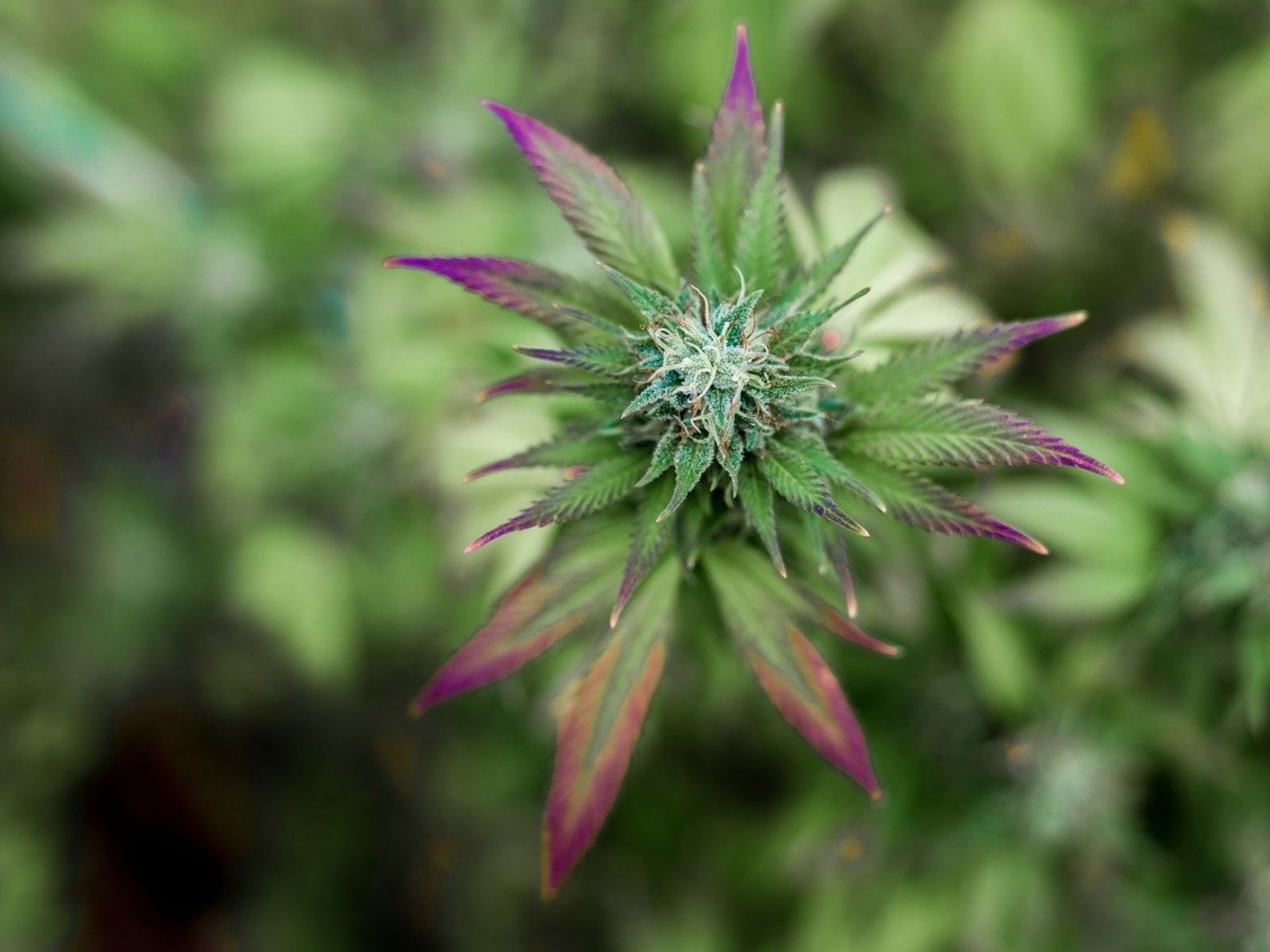Legal adult-use cannabis sales are expected to launch as early as next month in Ohio, although not every jurisdiction will allow such sales to occur. As of March 31, 2024, forty seven Ohio municipalities had adopted moratoriums on cannabis commerce activity. Zoom forward to mid-June, and that number has increased to 56 municipalities.
Below are the jurisdictions in alphabetical order:
- Ashland
- Austintown Township
- Avon Lake
- Barberton
- Beachwood
- Beavercreek
- Bellefontaine
- Bellville
- Brunswick
- Carlisle
- Centerville
- Clayton
- Copley Township
- Eaton
- Fairfield
- Forest Park
- Franklin
- Granville Township
- Green
- Hamilton
- Hudson
- Kettering
- Kirtland
- Lakewood
- Lexington
- Lisbon
- Logan
- Madison Township
- Marysville
- Medina Township
- Miamisburg
- Monroe
- Napoleon
- New Franklin
- North Olmstead
- North Royalton
- Northfield
- Norton
- Obetz
- Ontario
- Orange
- Perrysburg
- Salem
- Shelby
- Springboro
- Strongsville
- Sycamore Township
- Trotwood
- Troy
- Vandalia
- Washington Township
- Waynesville
- West Carrollton
- West Chester Township
- Westlake
- Xenia
Out of the 24 states that have adopted adult-use cannabis legalization measures, only four states (New Mexico, Rhode Island, Maryland, and Minnesota) restrict local governments from prohibiting recreational cannabis businesses. Washington D.C. has also adopted a recreational legalization measure, however, Congress continues to prohibit the district from allowing recreational cannabis sales.
Just because a local jurisdiction initially prohibits adult-use businesses from operating does not mean that it stays that way forever. A great example of a jurisdiction lifting a moratorium, and reaping the financial benefits from doing so, can be found in Ontario, Oregon.
Oregon voters approved a statewide adult-use legalization measure in 2014, with legal sales beginning in 2015. Ontario initially prohibited adult-use sales within city limits, however, the ban was lifted years later and now more than 10% of all cannabis sales in Oregon occur in Ontario (which is located along the Oregon/Idaho border).
The United States adult-use cannabis industry has generated over $20 billion in total tax revenue since the first legal recreational cannabis purchase was made in Colorado on January 1st, 2014 according to a report by the Marijuana Policy Project.
“Through the first quarter of 2024, states have reported a combined total of more than $20 billion in tax revenue from legal, adult-use cannabis sales. In 2023 alone, legalization states generated more than $4 billion in cannabis tax revenue from adult-use sales, which is the most revenue generated by cannabis sales in a single year.” the Marijuana Policy Project stated in a press release.
79% of people living in the United States lived in a county with at least one regulated cannabis dispensary according to an analysis by the Pew Research Center. The Pew Research Center also found the following:
- 74% of people in the U.S. live in a state where recreational or medical cannabis is legal
- There are nearly 15,000 cannabis dispensaries in the U.S.
- California has the most overall dispensaries (3,659)
- Oklahoma has the most dispensaries per capita (36 dispensaries for every 100,000 residents)
Total legal cannabis sales in the United States are expected to reach $31.4 billion in 2024 according to a recent analysis by Whitney Economics. Additionally, leading cannabis jobs platform Vangst, in conjunction with Whitney Economics, estimates that the legal cannabis industry now supports 440,445 full time-equivalent cannabis jobs in the United States.
Whitney Economics also projects the following legal cannabis sales figures in the United States for the coming years:
- 2024: $31.4 billion (9.1% growth from 2023)
- 2025: $35.2 billion (12.1% growth from 2024)
- 2030: $67.2 billion
- 2035: $87.0 billion
The emerging legal cannabis industry in the United States is projected to add roughly $112 billion to the nation’s economy in 2024 according to an analysis by MJBiz Daily. The projection is part of the company’s 2024 MJBiz Factbook.
“The total U.S. economic impact generated by regulated marijuana sales could top $112.4 billion in 2024, about 12% more than last year,” MJBiz stated in its initial reporting.

